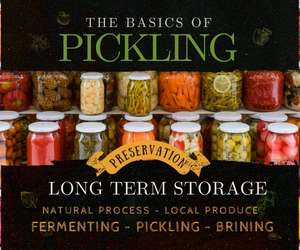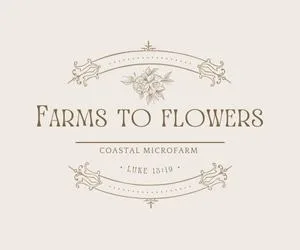
From cucumbers to beets, pickling is a centuries-old technique to preserve food and enhance its taste. This article is perfect for beginners wanting to learn about the pickling process. We’ll explore the basics, benefits, and the step-by-step process to get you started on your pickling journey.
The Pickling Basics
Pickling is a preservation method that uses a brine or a vinegar solution, often with salt, sugar, and various pickling spices. The acidic environment is inhospitable to microbes that cause food to spoil, thus preserving the food1^.
Why Pickle?
Pickling does more than just preserving food. It also enhances the food’s flavor profile, adding a unique tanginess that pairs well with a variety of dishes. Moreover, pickling can be an excellent way to reduce food waste, as it allows you to preserve seasonal vegetables and fruits for later use.
Let’s Get Pickling!
Before we begin, it’s essential to note that pickling requires cleanliness. Ensure all your utensils, jars, and ingredients are clean to prevent unwanted bacteria from spoiling your pickles.
Ingredients:
Fresh fruits or vegetables
- Vinegar (White vinegar, apple cider, etc.)
- Water
- Salt
- Sugar
- Pickling spices (dill, mustard seed, garlic, etc.)
Step-by-Step Guide:
-
Prepare the Produce: Clean your chosen fruits or vegetables thoroughly. You can slice them if desired or leave them whole for a crunchier result.
-
Make the Brine: In a pot, mix equal parts water and vinegar. Add salt and sugar (typically a tablespoon of each per cup of vinegar and water), and heat until they dissolve.
-
Add the Spices: Add your chosen spices to the jars, usually a teaspoon per jar works well.
-
Pack the Jars: Pack your produce into the jars, leaving a bit of space at the top. Pour the hot brine into the jars, covering the produce completely.
-
Seal and Store: Once cooled, seal the jars and store them in a cool, dark place. Your pickles will be ready in a few weeks, but the longer they sit, the stronger their flavor will be2^.
Now that you understand the basics, the world of pickling is your oyster! Remember, pickling is a creative process, so feel free to experiment with different fruits, vegetables, and spices.
References:
- Dike, O. A., et al. (2017). Microorganisms in Foods 8: Use of Data for Assessing Process Control and Product Acceptance. International Commission on Microbiological Specifications for Foods (ICMSF).
- FDA. (2020). Guide to inspections of acidified food manufacturers. US Food and Drug Administration.
Please note: While I’ve made every effort to ensure this guide is accurate, it’s always best to consult a professional or reliable source when trying something new, especially when it involves food safety.
Keywords: Pickling, Canning, Food Preservation, Homemade Pickles, Pickling for Beginners, How to Pickle.
